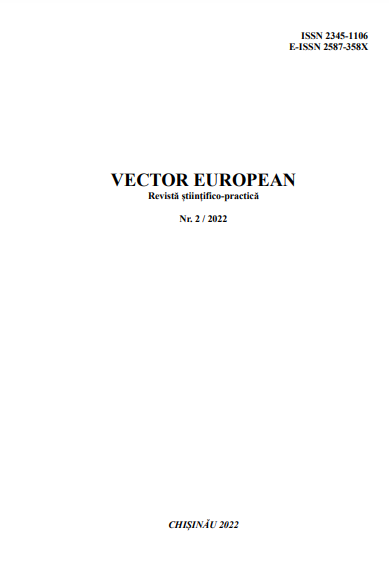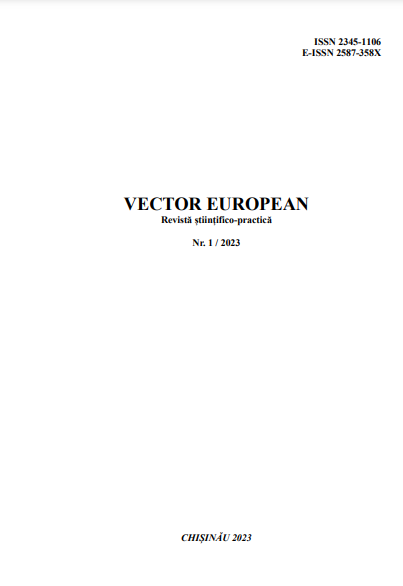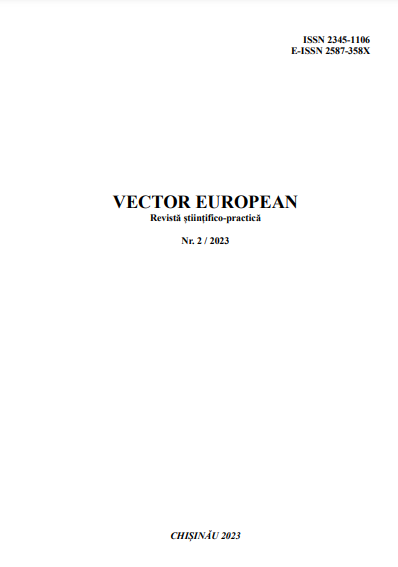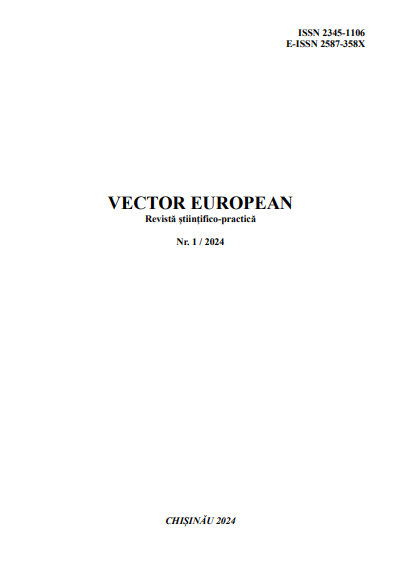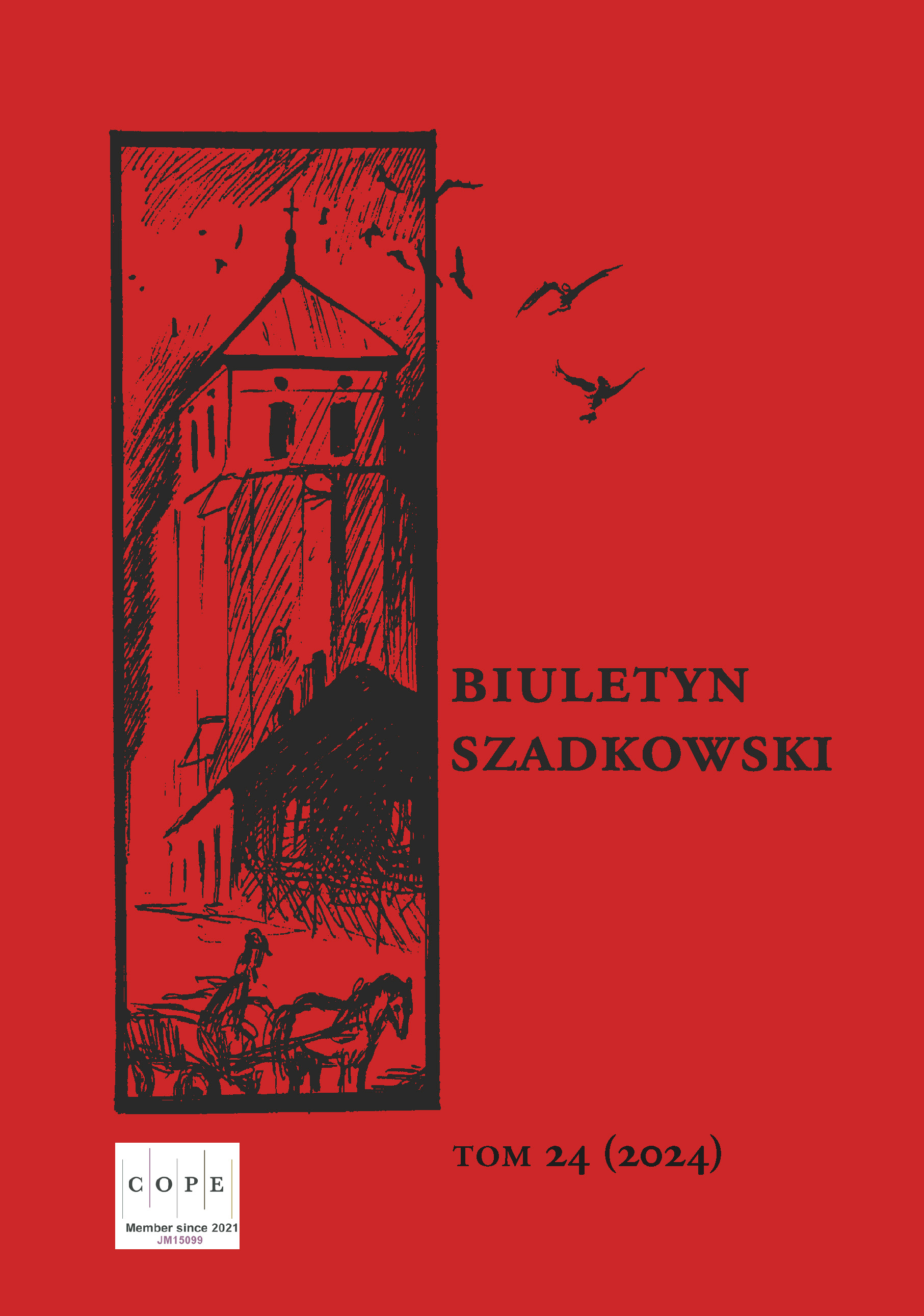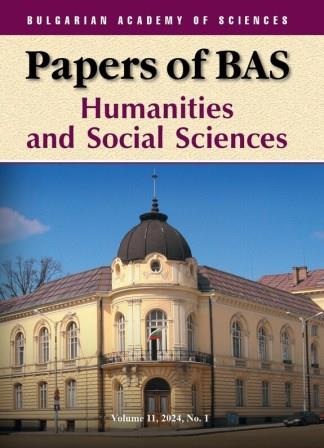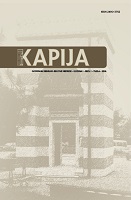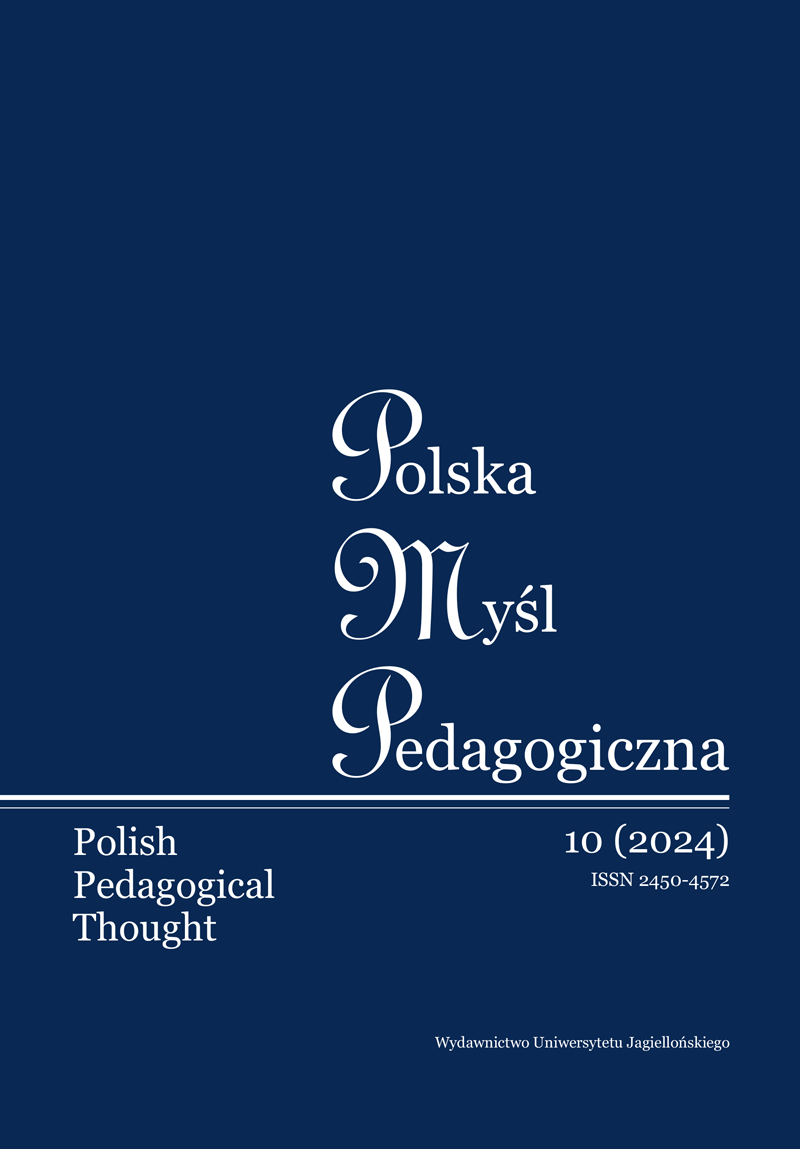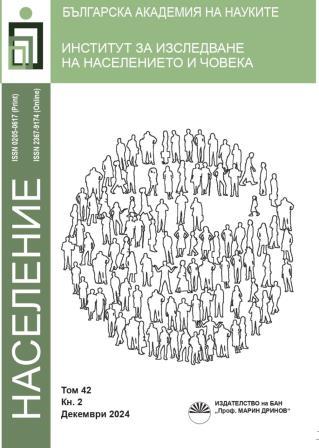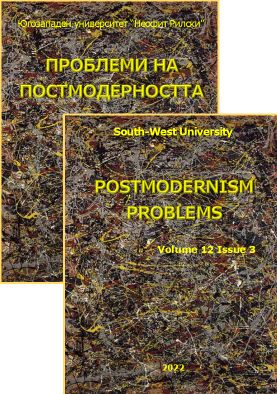
Генерационните цикли на Симон Кузнец в България
It is considered to what extent the probability of extermination of the new working-active generation, expressed in the authors' research in 2015, was realized in the period of the descending phase of the generation cycle of Simon Kuznets in the period 2008-2020. For this purpose, three indicators are studied – demographic, social, and economical. The thesis is that the extermination will most likely occur in 2035-2043 when risk factors are superimposed both from the descending phase of the next generation cycle of Simon Kuznets and from the ascending phase of the US military budget.
More...

